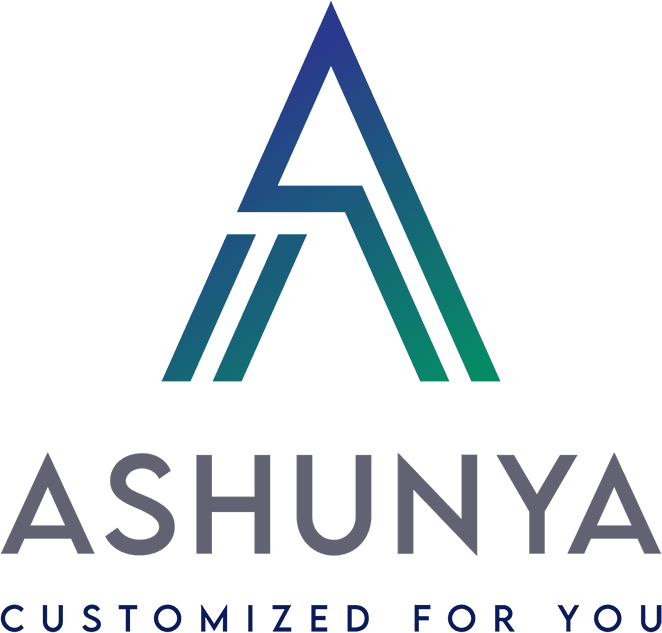You know that feeling when you log into a one-size-fits-all patient portal and feel utterly confused? The generic stock photos of smiling faces, the clunky interface, the lack of personalization—it’s an experience that makes you feel like just another number in the system. What if there was a better way? What if your healthcare organization invested in a custom patient portal built just for you and your fellow patients?
A custom patient portal solution tailored to your organization’s specific needs and brand is a game changer. It provides a personalized experience that makes you feel known and cared for from the moment you log in. The intuitive interface guides you to the information and tools you need to fully engage with your health and wellness. No more sifting through irrelevant content or struggling with a poor user experience. A custom portal solution helps strengthen the relationship between you and your healthcare providers through greater connectivity, access, and transparency. While a generic option may check the box, a custom solution checks all the right boxes for an optimal patient experience. It’s an investment in you and the community you serve.
Why Generic Patient Portals Don’t Cut It
Generic patient portals just don’t cut it these days. They’re clunky, confusing, and lack key features your practice needs. You want a custom solution designed for your specific needs.
A custom portal lets you brand the platform to match your practice’s style. Patients will appreciate the seamless experience. You can also customize the layout, choose which features to include, and tailor the workflow. The result? A portal that’s intuitive for staff and patients alike.
With a generic option, you’re stuck with whatever features it offers. A custom portal gives you control so you can provide the tools your patients will actually use like appointment scheduling, bill pay, secure messaging, and access to health records.
Custom portals also allow for growth. As your needs change, the platform can adapt. You won’t outgrow its capabilities. And with a design made for your practice, there’s no learning curve. Staff and patients can start using it right away.
While generic portals seem like an easy solution, they often lack key functionality and the flexibility to suit your needs. A customized option will save time, reduce hassles, and provide a better overall experience for your practice and your patients. In the end, that’s really what it’s all about.
Key Benefits of Custom Patient Portals
A custom patient portal gives you benefits that a generic solution just can’t match.
For starters, it’s tailored to your practice’s specific needs. You get a portal designed around how you work and what’s most useful for your patients. Maybe you want to focus on appointment scheduling and bill pay. Or perhaps education and chronic disease management are top priorities. A custom solution lets you choose the features that are most meaningful for your organization.
It also leads to higher patient adoption and satisfaction. Patients appreciate a portal that’s intuitive and streamlined. When they can easily access the info and tools most relevant to them, they’re more likely to use it and stay engaged with their health.
Last but not least, a custom portal integrates seamlessly with your existing systems. From EHRs to billing platforms, it works with the technology infrastructure you already have in place. No more wrestling with clunky integrations or duplicate data entry.
For a patient portal that maximizes benefits for both your practice and your patients, custom is the way to go. A tailored solution designed around your needs is an investment that will pay off for years to come through efficiency, productivity, and patient loyalty.
How to Choose a Custom Portal Vendor
When choosing a custom patient portal vendor, look for a few key factors:
Experience
Look for a vendor with at least 5-10 years of experience building patient portals. They should have a proven track record of successful deployments and satisfied clients. An experienced vendor will understand the unique needs and challenges of healthcare organizations. They can also provide guidance on best practices for adoption and engagement.
Customization
Your patient portal needs to reflect your brand and work the way you do. Look for a vendor that provides a high level of customization, from the user interface and branding to the features and functionality. The portal should integrate with your EHR and other systems seamlessly.
Security
Patient data privacy and security should be a top priority. Choose a vendor with a track record of keeping data secure and private. They should use encryption, multi-factor authentication and other advanced security protocols. They should also be HIPAA compliant with a Business Associate Agreement (BAA) in place.
Support
Once your patient portal is launched, you’ll want an ongoing partnership with your vendor. Look for a vendor that provides excellent technical support, as well as resources to help drive adoption and optimize the use of your portal. They should offer training for both staff and patients.
Pricing
While price shouldn’t be the only factor, you’ll want a solution that fits your budget. Look for a vendor with transparent and straightforward pricing. Some offer monthly subscriptions, while others charge an upfront licensing fee and annual maintenance costs. Compare options to find the best value.
What to Look for in a Custom Patient Portal
A custom patient portal should have certain key features to provide the best experience for your patients.
Easy to Use
A portal that’s intuitive and simple to navigate will lead to higher patient adoption and satisfaction. Look for a solution with a clean, uncluttered interface that’s easy to understand. Things like password recovery, appointment scheduling, and messaging your care team should be straightforward.
Secure Messaging
allowing patients to message their doctor or nurse directly through the portal. Secure messaging gives patients an easy way to ask quick questions, request medication refills, or update their care team on their condition without having to call the office. For healthcare organizations, it improves patient access and can reduce unnecessary phone calls.
Appointment Scheduling
Giving patients the ability to view available slots and book their own appointments through the portal increases their flexibility and convenience. An ideal solution will integrate with your practice management system to show real-time availability. Patients can then schedule visits, cancel or reschedule appointments as needed.
Bill Pay
if your patients can view statements, pay bills, and set up payment plans through your patient portal. Bill pay functionality streamlines the billing process for both patients and healthcare organizations. Patients benefit from a centralized place to manage healthcare expenses while practices improve revenue cycle efficiency.
Educational Resources
Providing relevant health education materials, blog posts, videos and other resources through your patient portal helps patients better understand their conditions and treatment options. This can lead to improved outcomes, higher patient satisfaction and better engagement.
In summary, a custom patient portal solution with features like secure messaging, appointment scheduling, bill pay and educational resources will transform the patient experience and benefit both patients and healthcare organizations. Focusing on an intuitive, user-friendly platform and robust functionality is key.
FAQ: Custom Patient Portals
A custom patient portal solution offers many benefits over a generic one. Here are a few of the most frequently asked questions about custom portals:
• Will a custom portal be expensive?
While custom software development does cost more upfront, a custom patient portal will save you money in the long run. Generic portals often require costly customization to meet your needs and may lack critical features. A custom portal is built for your specific requirements and workflows from the start.
• How long will it take to build?
The timeline for a custom patient portal depends on the complexity of your needs and functionality. Most providers find that a custom portal can be built in 3 to 6 months. The key is choosing a developer experienced in healthcare software who can keep the project on schedule.
• Will it integrate with my other systems?
A major advantage of custom software is seamless integration. Your developer will build the portal to integrate directly with your practice management system, electronic health records system, billing software, and any other tools you use. This eliminates duplicate data entry and provides a unified experience for staff and patients.
• How will it improve my practice?
A well-designed custom patient portal will streamline workflows, reduce overhead, and improve both patient and staff satisfaction. Patients benefit from convenient access to their health information and the ability to communicate with their care team. Staff save time handling fewer phone calls and paperwork. Overall, a custom portal boosts practice productivity and enhances the patient experience.
In summary, while a custom patient portal requires an initial investment, the long term benefits to your practice and patients make it well worth the cost. The key is finding an experienced developer you trust to build a portal tailored to your unique needs.
Conclusion
So there you have it, a few compelling reasons why investing in a custom patient portal solution for your practice can pay off in spades. When you provide an easy, convenient way for patients to connect with you, schedule appointments, pay bills, view records, and stay on top of their health, you build loyalty and trust. Patients today expect a certain level of technological sophistication. A slick, user-friendly patient portal with your practice brand shows you’re staying ahead of trends and committed to an exceptional patient experience. While off-the-shelf portals may seem like an easy option, they lack the flexibility and personalization of a custom solution tailored to your practice’s unique needs and workflows. Take the time to do it right. Your patients, your staff, and your bottom line will thank you for it.


